The SaaS and tech industry is always evolving and adapting to the ever-changing digital world that we live in. That’s why, it’s crucial to establish your SaaS sales strategy in a way that will make you stand out from your competitors.
You need to have a thorough understanding of the industry as a whole in order to develop your sales approach. Let’s dive into our comprehensive list of sales strategy statistics specific to the software industry.
SaaS Industry Statistics
- SaaS spending is projected to grow 17.9% to a total of $197 billion in 2023. (Gartner)
- The US has approximately 8x more SaaS companies than any other country. (Exploding Topics)
- By 2026, 50% of organizations will centralize SaaS application management. (Gartner)
- SaaS companies spend 92% of their first year’s revenue on customer acquisition. (Zippia)
- The average churn rate for SaaS businesses is between 5-7%. (Recurly)
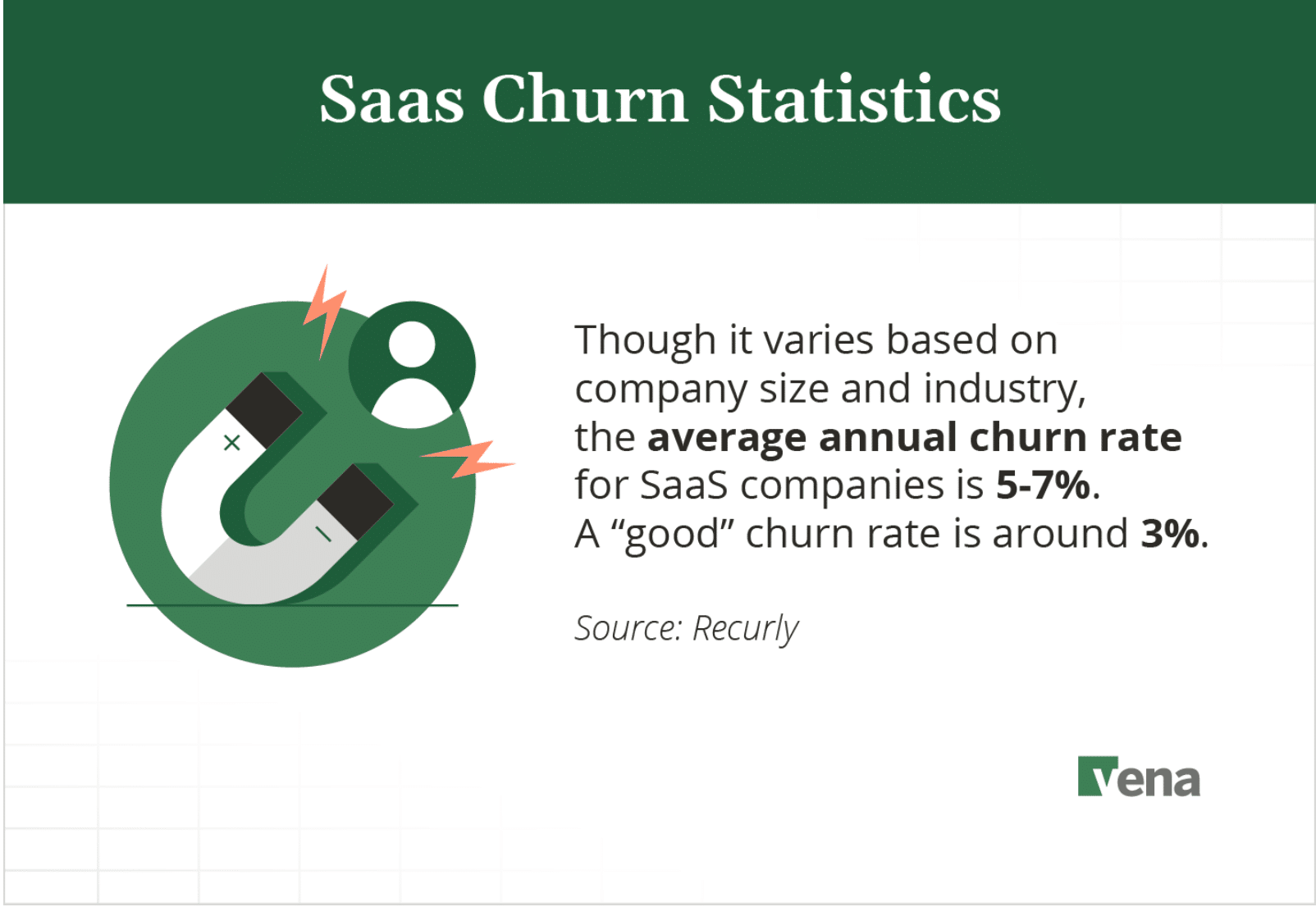
Source: Vena
- The global low-code development platform market is predicted to generate a revenue of $187.0 billion by 2030. (GlobeNewswire)
- Searches for “single sign-on” have increased by 127% in the last 5 years. (Exploding Topics)
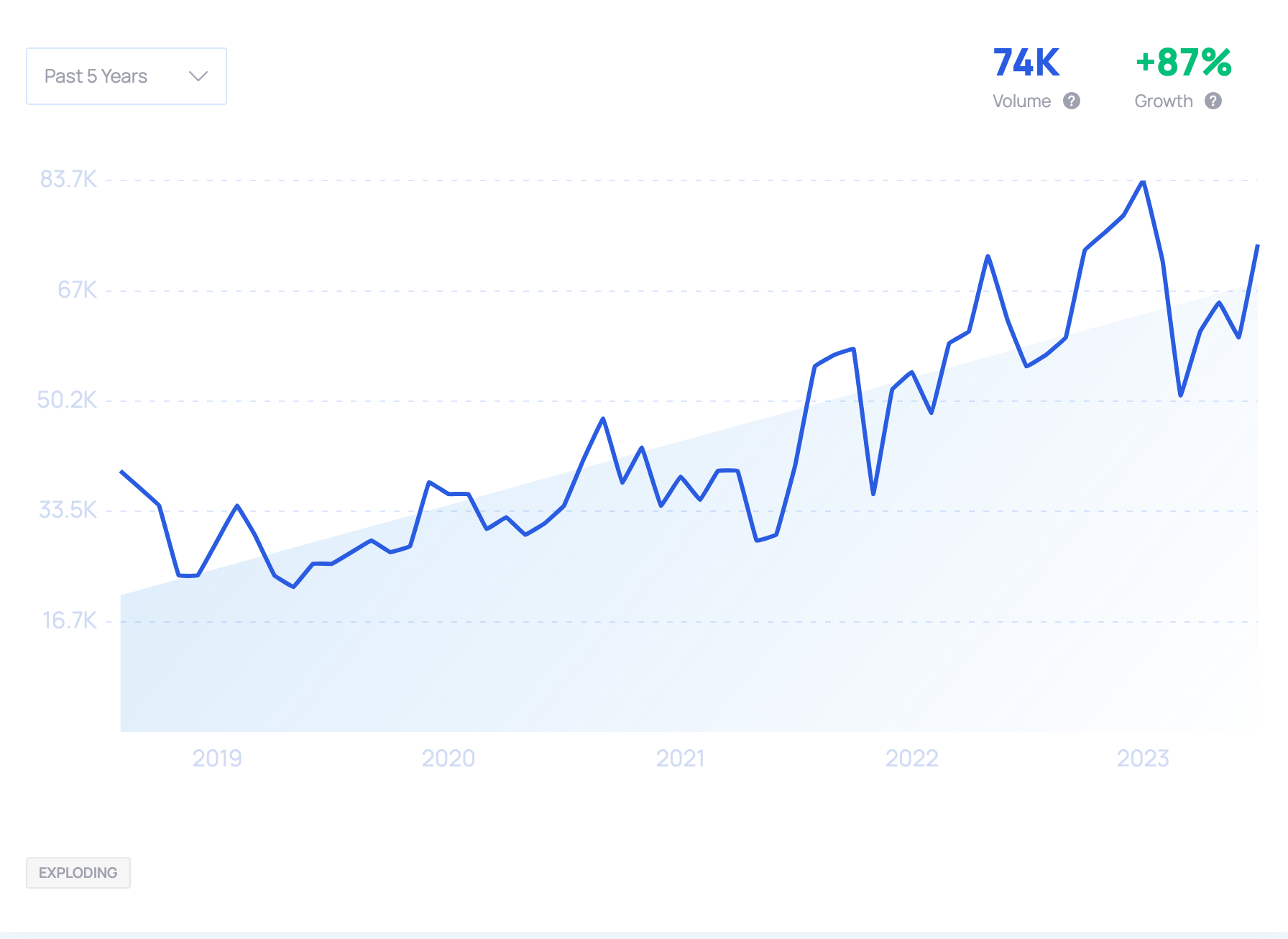
Sales Statistics
- Companies that excel at lead nurturing generate 50% more sales-ready leads at 33% lower cost. (Invesp)
- It takes 18 or more calls to connect with a prospect over the phone and call-back rates are below 1%. (Gartner)
- The average length of a sales cycle is 84 days regardless of the ACV. (Hubspot)
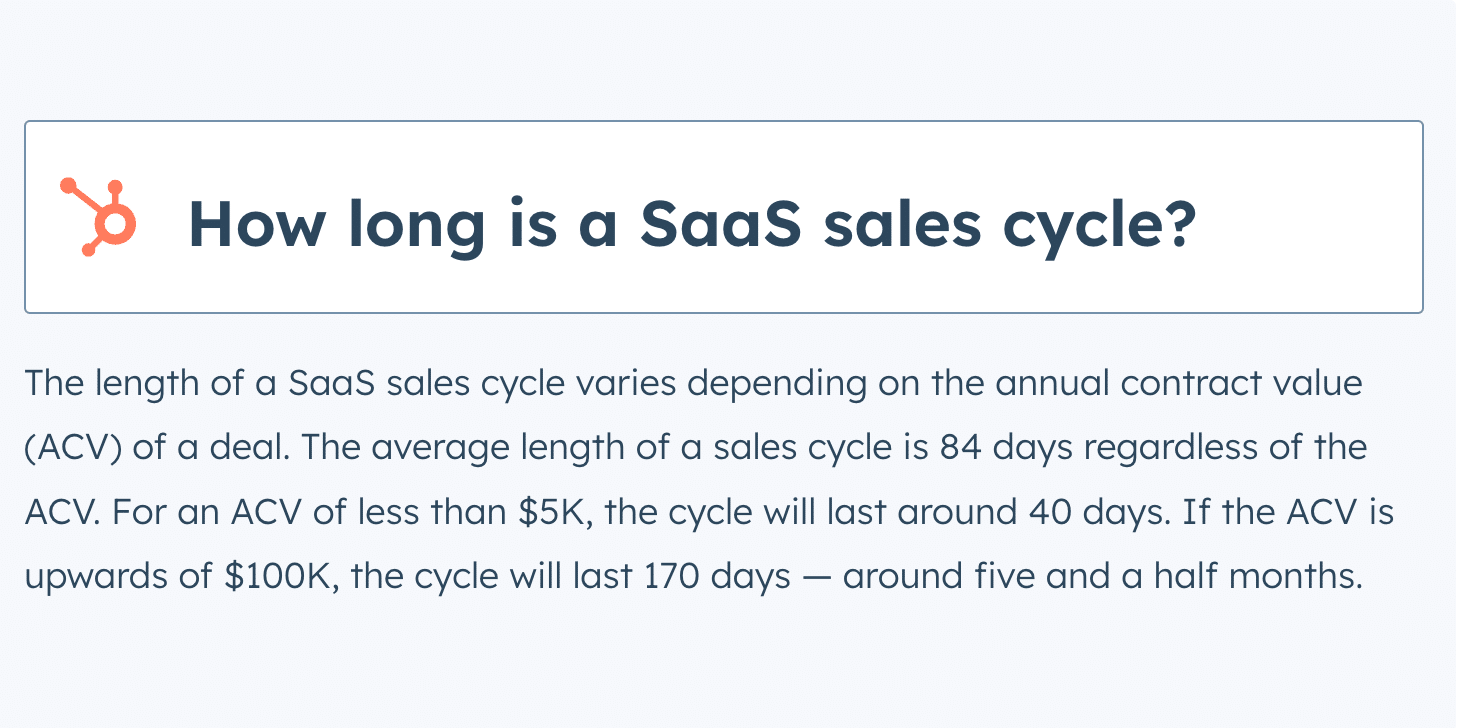
- When Sales and Marketing teams are aligned, company revenue can increase up to 3x. (LXA)
SaaS Pricing Statistics
- 39% of SaaS companies use value-based pricing. (Zippia)
Adobe is a strong example of value-based pricing:
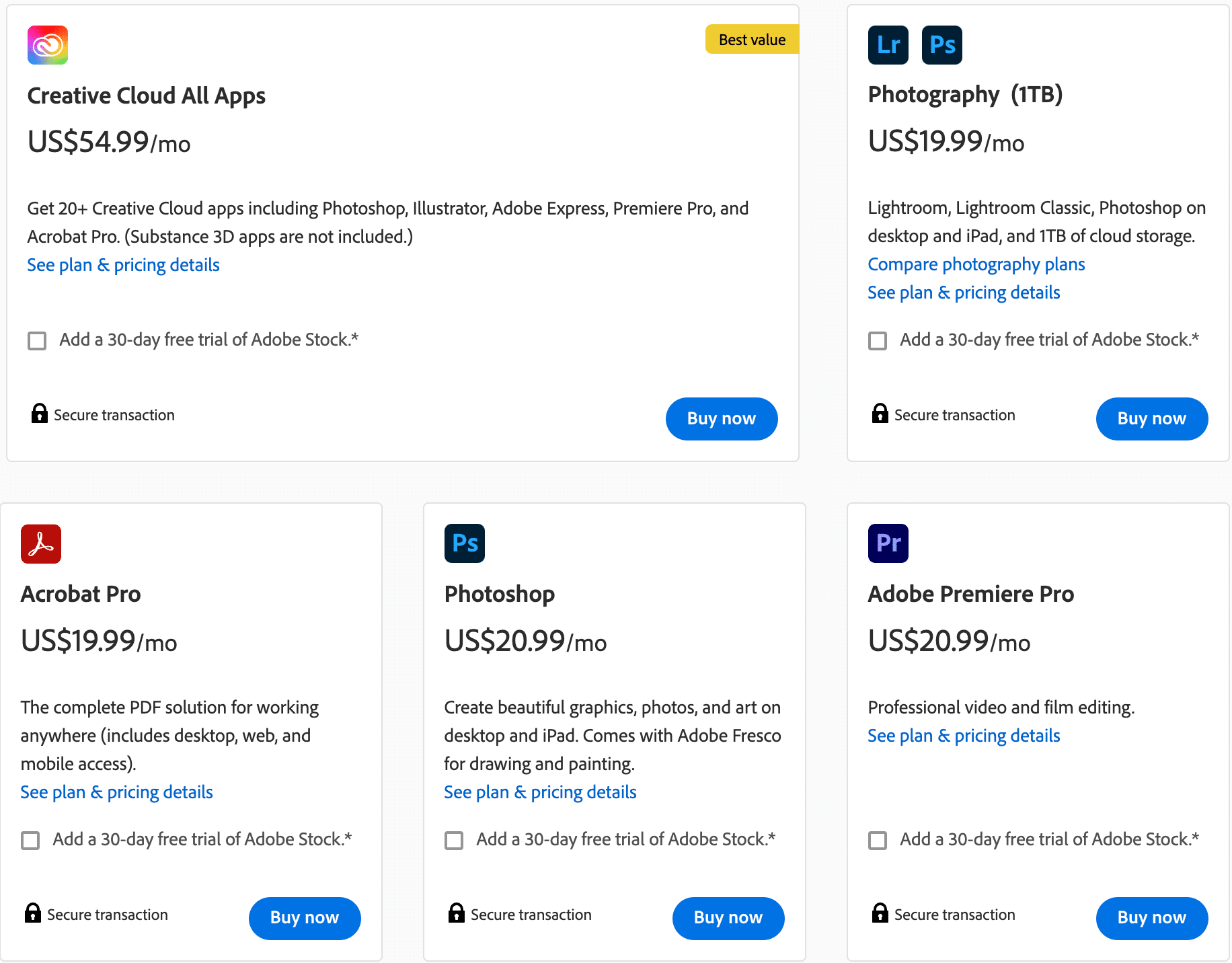
- 98% of SaaS businesses earned positive results from making core changes to their pricing policy. (Invesp)
- SaaS Pricing Inflation Is Growing 4x Faster Than Market Inflation. (TDWI)
- Companies that employ a Usage-Based SaaS model exhibit higher net dollar retention rates of 120%, averaging roughly 10% higher than their traditional peers. (G2)
- Roughly 50% of software companies say they expect to increase renewal prices and tighten discounting. (McKinsey & Company)
Customer Trend Statistics
- 80% of consumers are more likely to make a purchase when brands offer personalized experiences. (Epsilon)
-
59% of tech leaders say that the lack of visibility is a significant pain point in managing SaaS. ( FinancesOnline)
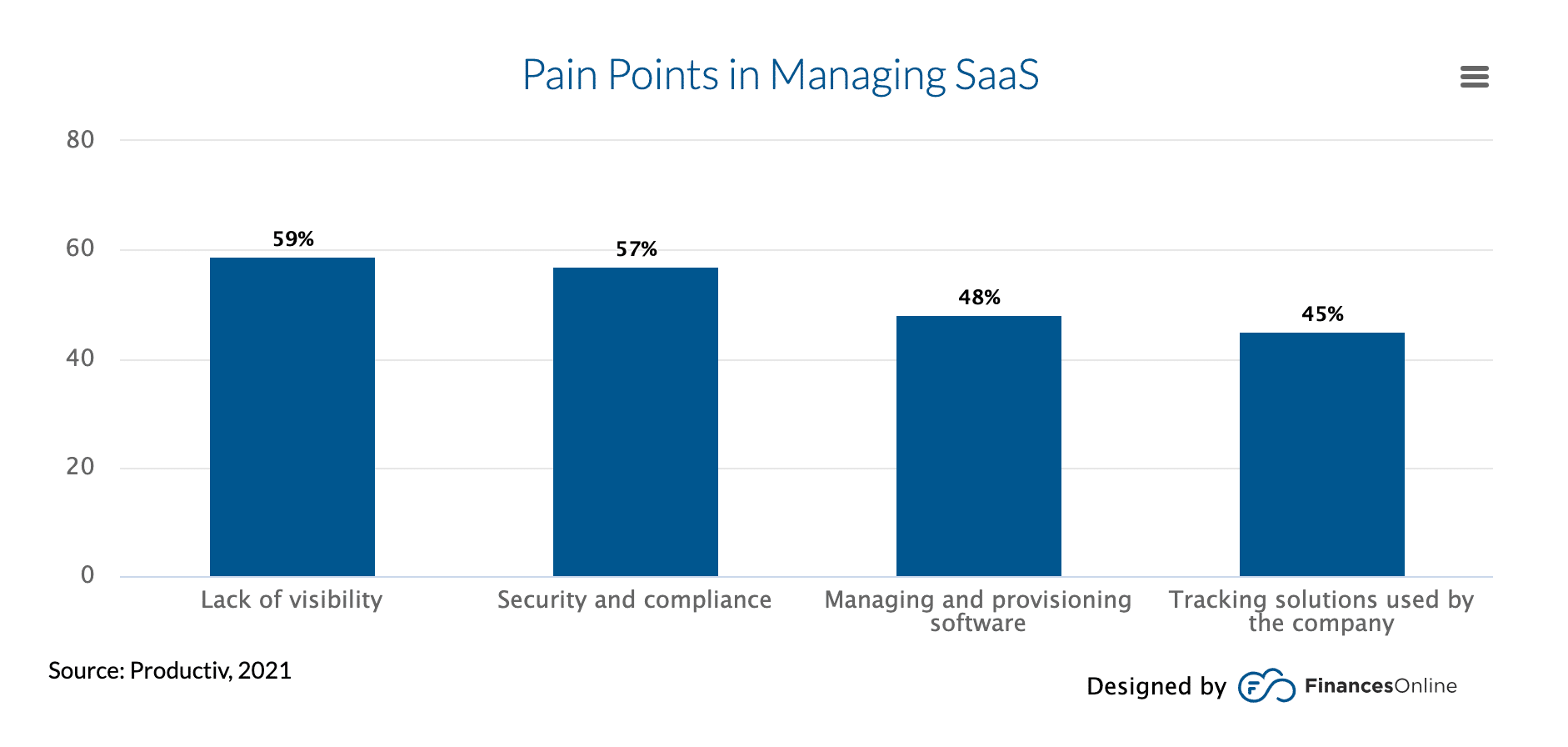
- 57% of IT teams are under pressure to reduce SaaS spend. (ITPro Today)
- 70% of the business apps used today are SaaS-based, and that number is expected to increase to 85% by 2025. (Plecto)
How a SaaS Sales Agency Can Help
Insivia has helped a variety of SaaS businesses drive revenue through thoughtful sales strategies personalized toward their target niche market. Our goal is to help you take advantage of every MQL and SQL that is delivered to your sales team and maximize top-line revenue generation.
Contact us today to learn how we can help you reduce sales friction and close more deals.
